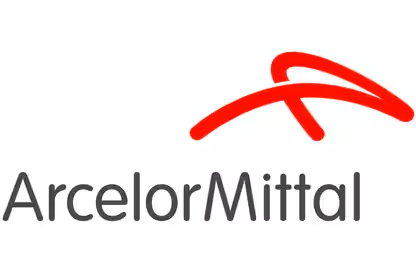Unlock greater visibility with IoT asset tracking

Information reimagined » Connections reimagined » Traceability
Turn your AI and IoT data into action
Securely connect people, systems, and devices using an AI-powered IoT platform and traceability software
The agentic enterprise: Self-optimizing supply chains with AI and IoT
Predictive power: AI-driven operations with IoT asset tracking
4 key pillars of digital supply chain tracking and traceability
Stay ahead of disruption and eliminate blind spots. Use IoT platform data to predict, plan, and act
Explore how OpenText IoT traceability solutions can help you predict risks and provide leaders with a single source of operational truth
Traceability
Track your assets from factory floor to front door
Monitor assets, products, and shipments so nothing is lost, stolen, or diverted. Reduce retrieval time, eliminate counterfeits, and assure customers on the ‘last mile’ of delivery with AI and IoT-driven track-and-trace.
Automation
Make every process intelligent
Orchestrate how devices, systems, and teams interact. Leverage real-time data and IoT asset management to track product status, quickly resolve slowdowns and inefficiencies, and maximize productivity.
Predictive optimization
Know before it breaks—find your blind spots
Use streaming data and historical analytics to anticipate maintenance needs, identify performance deviations, and reduce downtime. Improve ROI and extend asset life with predictive models tuned to your environment.
Visibility
Get a 360-degree view of your operations
Get end-to-end visibility of shipments and identify slowdowns using connected devices. Access insights through natural language queries — giving every user, from operators to executives, AI-powered visibility without technical complexity.
See the power of IoT traceability in action
Learn how Fonterra achieved farm-to-formula supply chain traceability in this short video
Although OpenText didn’t have the exact capability we needed, we were struck by their willingness to work with us to develop a solution that would have a much closer fit to our requirements.
Rekha Baptista
Traceability Centre of Excellence Manager, Fonterra

Power your autonomous supply chain with an AI‑driven IoT platform
OpenText™ Aviator™ IoT
Securely track assets and shipments with an identity-driven IoT platform powered by AI
Learn more ⟶
OpenText™ Business Network Aviator™
Gain better insights with generative AI for supply chains
Learn more ⟶
OpenText™ Core Product Traceability Service
Achieve complete supply chain transaction visibility today
Learn more ⟶
Frequently asked questions
The Internet of Things is a network of physical objects such as machines, vehicles, equipment, and buildings that are equipped with sensors, software, and connectivity. These connected devices collect and share real-time data, monitor their environments, and can act automatically or respond to external commands. By turning everyday assets into intelligent, data-generating endpoints, IoT enables greater automation, improved efficiency, and enhanced visibility across operations.
IoT traceability is the ability to track products, materials, and assets across every stage of the supply chain using connected devices and sensors. By capturing and sharing real-time data on location, condition, and handling, IoT traceability gives organizations end-to-end visibility into how goods are produced, transported, and delivered. This transparency helps verify authenticity, prevent counterfeits, ensure regulatory compliance, and protect product quality. For supply chains, it means fewer blind spots, faster response to disruptions, stronger sustainability reporting, and greater customer trust.
Supply chain traceability is the ability to follow goods, materials, and components through every stage of their journey, from raw sources to final delivery. It creates a complete record of who handled them, the conditions they were kept under, when they were moved or transformed, where they originated, and how they were processed or manufactured. With this end-to-end visibility, organizations can ensure product authenticity, meet compliance requirements, and strengthen trust with customers and partners.
Tracing a supply chain begins with uniquely identifying each product using digital markers such as QR codes, barcodes, or RFID tags, which act like digital passports. As the product moves through its life cycle, from sourcing and manufacturing to distribution, use, and even disposal or reuse, data is captured at every step, including production, inspections, shipping, and receiving.
These records are integrated into secure digital platforms that consolidate information from suppliers, carriers, manufacturers, and retailers. With this foundation, organizations can monitor product movements and conditions in real time, quickly identify issues like delays or temperature fluctuations, and audit historical data for compliance, sustainability reporting, or continuous improvement. This end-to-end visibility is what makes true supply chain traceability possible.

